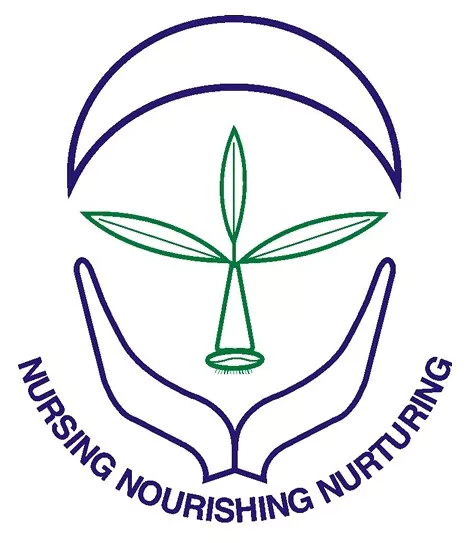Iron / Ferrous
Role of Iron
Essential for chlorophyll formation and synthesis of proteins and several metabolic reactions.Crops and Soils Susceptible to Iron Deficiency
Horticultural crops, particularly perennials, and fruit crops are most commonly susceptible to iron deficiency. This is of commercial importance in fruit trees like apple, pear, apricot, cherry, plum, lemon, orange, lime and mandarin; in berries like strawberry and grape, and in vegetables like tomato, cucumber and bean. Other crops susceptible to iron deficiency include roses, ornamentals and arable crops such as cotton, cereals and soybean. Iron has to be applied to most high productive crops under arid and semi-arid conditions and always in green houses and soil less media for productive and economic growth.Soils susceptible to iron deficiency are primarily alkaline and calcareous. These soils may be rich in iron but most of it is not available to the plants. Other soils poor in iron and where iron deficiencies might occur are highly leached soils and soils in areas with a low level of iron in the mother material.Effects of Iron Deficiency
Iron deficiency starts with interveinal yellowing. The deficiencies of Fe and Mg (magnesium) are somewhat similar as both are characterized by a failure in chlorophyll production. Iron deficiency, however, unlike Mg deficiency always begins to show in the younger leaves. Mn (manganese) deficiency, on the other hand, demonstrates a more spotted appearance of yellow/white spots against the green leaf color.Symptoms of Iron (Fe) deficiency:
- Chlorosis, yellowish spots on leaves, spreading until the
leaf becomes almost white.
- Premature leaf fall.
- Reduced production of new fruit bearing branches.
- Small, woody textured, flavorless fruit.
- Die back of new growth.
- Stunting
Boost Your Crop Productivity Today!
Explore our range of high-quality specialty fertilizers and plant nutrients to enhance your crop quality and yield.
